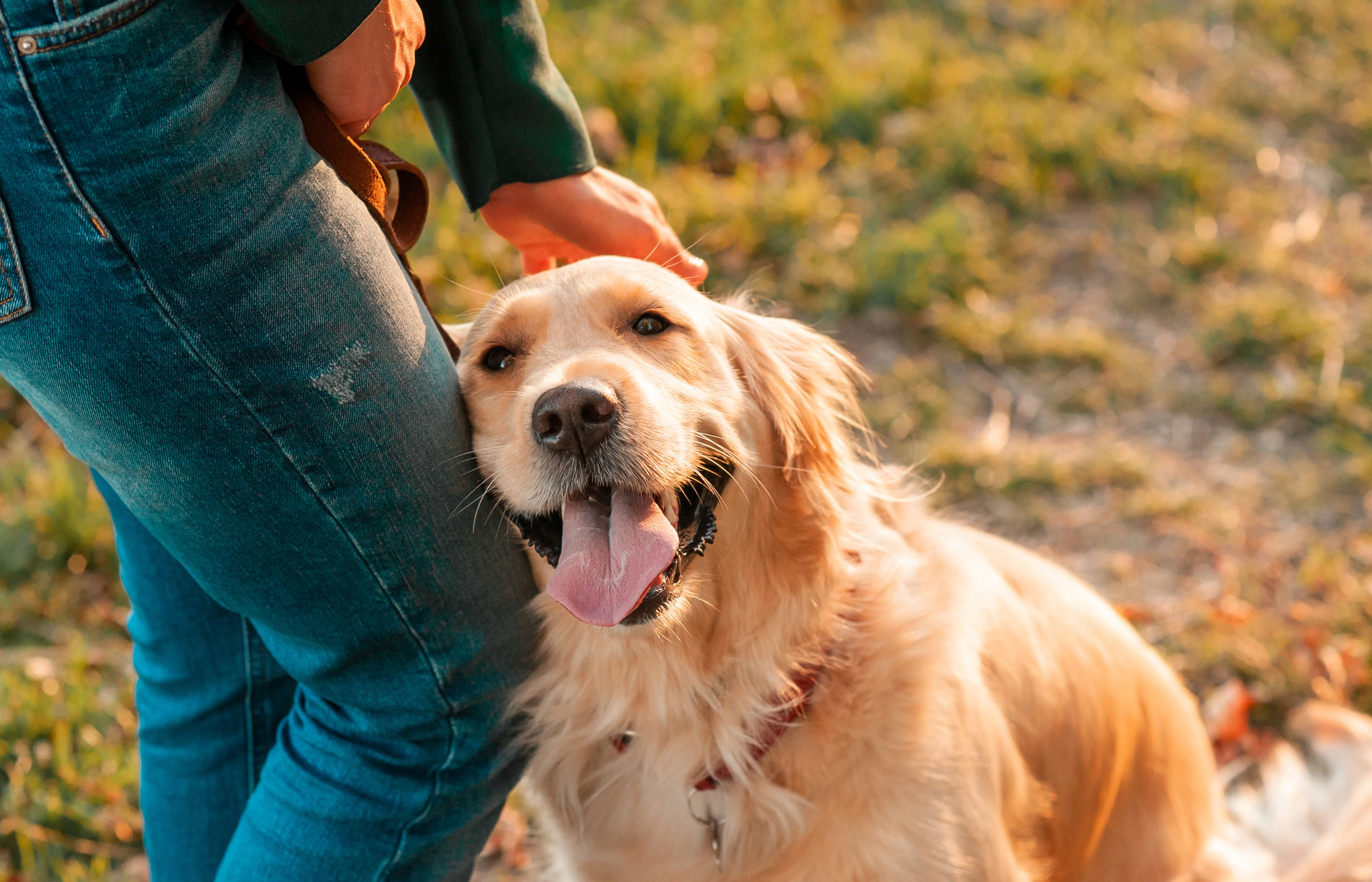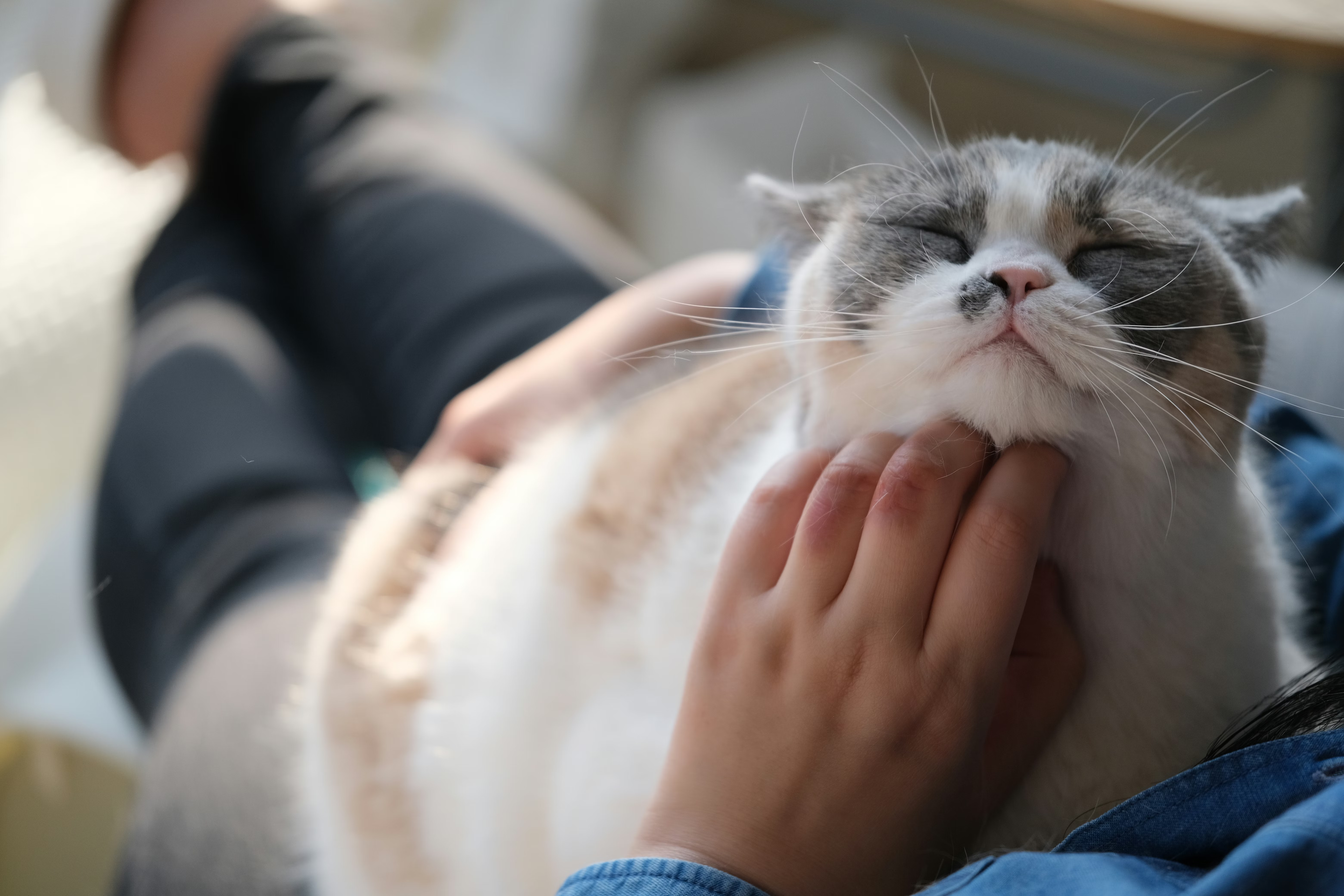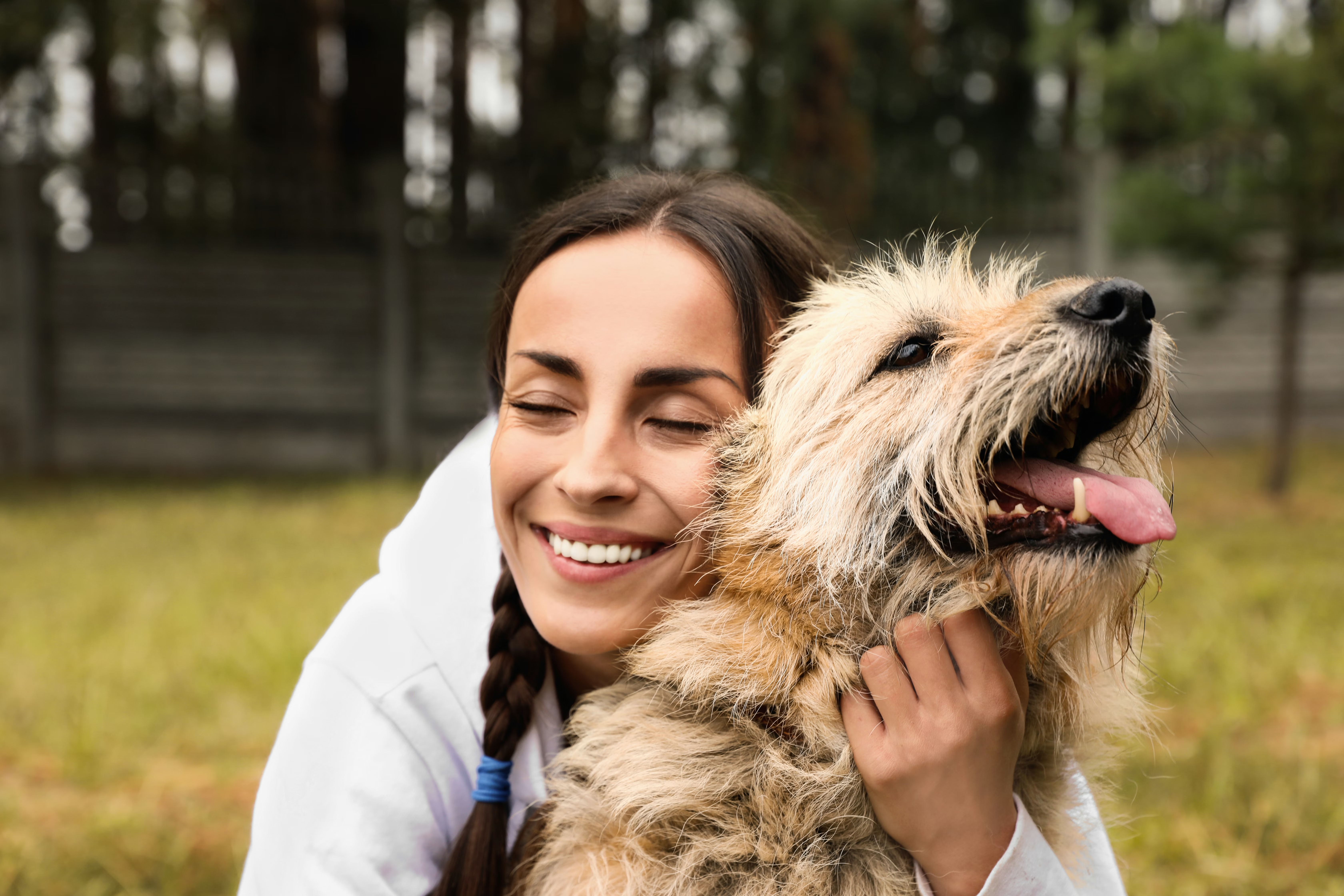Is there anything better than watching your cat stare lovingly at you from across the room, or your dog’s wagging tail greeting you at the door? The bond people have with their pets is profound, but these deep relationships haven’t always existed. Let’s explore the science and emotion of how dogs and cats went from wild animals to irreplaceable companions, and how their love has a positive effect on people and society.
The evolution of the human-animal bond
The roots of the human-animal bond go back tens of thousands of years. Humans and animals initially formed alliances for mutually beneficial reasons. Over time, these practical relationships evolved into something deeper: emotional connection. But how did it happen?
Dogs were the first animals to enter the human fold. Experts believe the selection for traits associated with domestication started when ancestors of the gray wolf gravitated toward early human campsites in search of food. As the wolves became more social and less fearful of humans, they realized they could benefit from the food and shelter people offered. For their part, humans appreciated the wolves’ tracking and hunting skills. This partnership, and the eventual divergence in species between dogs and wolves, set the stage for the relationship we share with dogs today.
Cats took a slightly different path to domestication, but one still based on shared benefits. Originally solitary hunters, they were drawn to human settlements by the promise of easy meals—for example, the rodents that were attracted to stored grain. Humans quickly recognized the utility of cats as pest controllers, and as cats and humans spent more time in close proximity, they began to develop affectionate companionship.
As relationships between pets and people deepened, dogs and cats developed traits that humans were drawn to. For example, the "puppy dog eyes" that we all know and love were not present in early domesticated dogs. The muscles needed to make that expression formed over thousands of years as a way to enhance communication between dogs and their people.

The role of oxytocin in pet-people relationships
Oxytocin, often called the “love hormone,” plays a critical role in forming and maintaining bonds between individuals. This hormone is released during moments of connection, such as physical touch, eye contact, or even shared experiences. For example, oxytocin is released when an infant is breastfeeding, thus strengthening the bond between the mother and child. That’s great for human relationships, but how does it relate to pets?
A study published in Science in 2015 discovered that mutual gazing between dogs and their pet parents significantly increased oxytocin levels in both. This hormonal release not only deepens the bond but also creates a positive feedback loop—the more time spent bonding, the stronger the connection grows.
Similar effects have been observed with cats, with behaviors like kneading, purring, or licking triggering oxytocin release in humans. This understanding helps explain why interactions with pets feel so emotionally satisfying.
Everyday pet behaviors, whether it’s a dog resting their head on your lap or a cat curling up beside you—can create powerful emotional connections. So when you feel a special closeness with your pet, know that there’s a scientific reason behind the feel-good experience.

The benefits of pet companionship
The positive impact pets have on people is well-documented. Research organizations such as the Waltham Petcare Science Institute and the Human Animal Bond Research Institute (HABRI) have studied the benefits of the bond between pets and people to understand the role pets play in society and how they can improve the mental and physical health of people.
Stress reduction
Research consistently shows that spending time with pets reduces cortisol—the body’s primary stress hormone. A 2019 study in Frontiers in Psychology found that petting dogs for just 10 minutes significantly lowered stress levels in participants. This calming effect is why therapy animals are often used in hospitals, schools, and disaster zones. Similarly, an Australian study found that cat parents had better psychological health than people without pets.
Social support
Pets provide unfaltering companionship, which can reduce feelings of loneliness and isolation. This is particularly valuable for individuals who live alone or face social or learning challenges. According to a 2021 report by the HABRI, 85% of pet owners say their pets help them feel less lonely. Moreover, pets can act as social catalysts, encouraging interactions with others during walks or at community events.
Physical health
The health benefits of pet ownership extend to the body as well. Studies have linked pet ownership to lower blood pressure, reduced risk of heart disease, and improved physical activity levels. Dog owners, in particular, tend to walk more frequently and for longer durations, contributing to overall fitness and well-being.
Strengthening the pet-human bond
If you want to deepen the relationship you have with your pet, you can use a tried and true method that works for human relationships: spend more time with them! Dogs and cats are companion animals, and the more you incorporate them into your daily life, the more you can reap the benefits they bring.
For dog parents, this means walking them, playing games, taking them on adventures, and training them to follow cues or perform tricks. And for cat parents it’s … the same! While most cats may not master skills in the same way as dogs, many cats can learn to walk on leash, go for car rides, or even play fetch.
Bottom line: look for activities that you and your pet can enjoy together. The time you spend in each other’s presence will be time well spent for you both.
Gain a deeper understanding of your pet
The more you know about your dog or cat, the deeper the bond you can form with them. Genetic insights like those revealed through Wisdom Panel’s DNA tests can help you understand your whole pet. From detailed breed and behavior insights that help you tailor training, enrichment, and exercise to screenings for genetic health risks that help you plan proactive care, DNA testing is a valuable tool for building a strong bond with your pet.
Additional Resources














